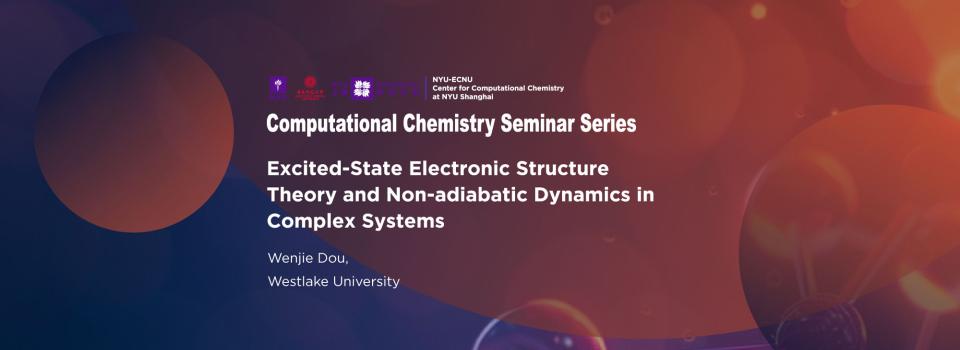
Abstract:
The electronic structure theory and non-adiabatic dynamics of large systems are very challenging due to the steep scaling of the current computational methods. In the first part of the talk, I will present our newly developed stochastic second-order coupled cluster method (sRI-CC2) for calculating the excited state of large systems. Using the set of stochastic orbitals, we decouple the crucial 4-index electron repulsion integrals into stochastic resolution of identity. These techniques allow a remarkable scaling reduction from O(N^5) to O(N^3), which allows us to calculate the excited state properties for very large systems with thousands of electrons. In the second part of the talk, I will present two dynamical approaches—Floquet surface hopping and Floquet electronic friction—to treat strong light-matter interactions in a plasmonic cavity. We can also formulate a Floquet Marcus nonadiabatic electron transfer rate. We find that the electron transfer rate shows a turnover as a function of the driving frequency of light.
Biography:
Wenjie Dou earned a B.S. in physics from the University of Science and Technology of China in 2013 and a Ph.D. in theoretical chemistry from the University of Pennsylvania in 2018. His Ph.D. work focused on modeling non-adiabatic dynamics near surfaces. From 2018, he was a postdoc at UC Berkeley working on stochastic implementation of electronic structure theory for excited states. He started his independent career at Westlake in January 2021.
Seminar Series by the NYU-ECNU Center for Computational Chemistry at NYU Shanghai


